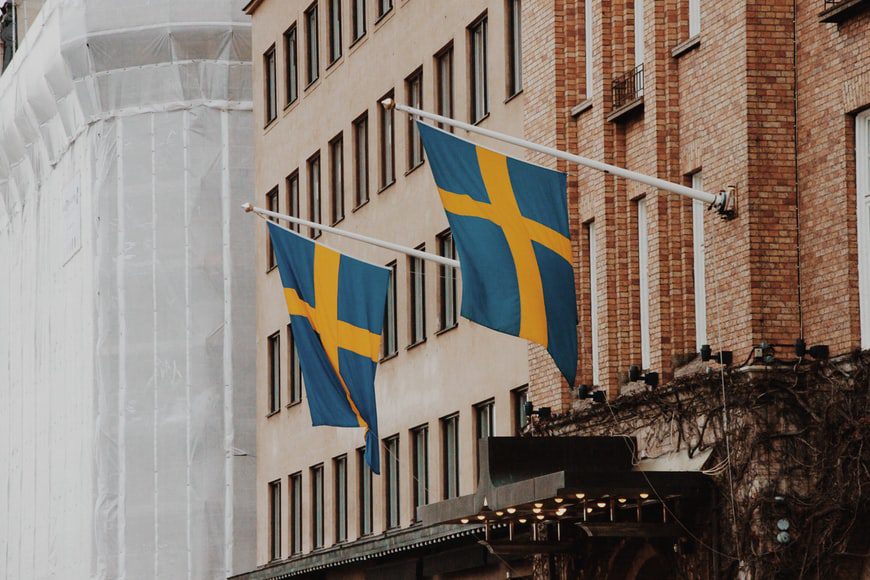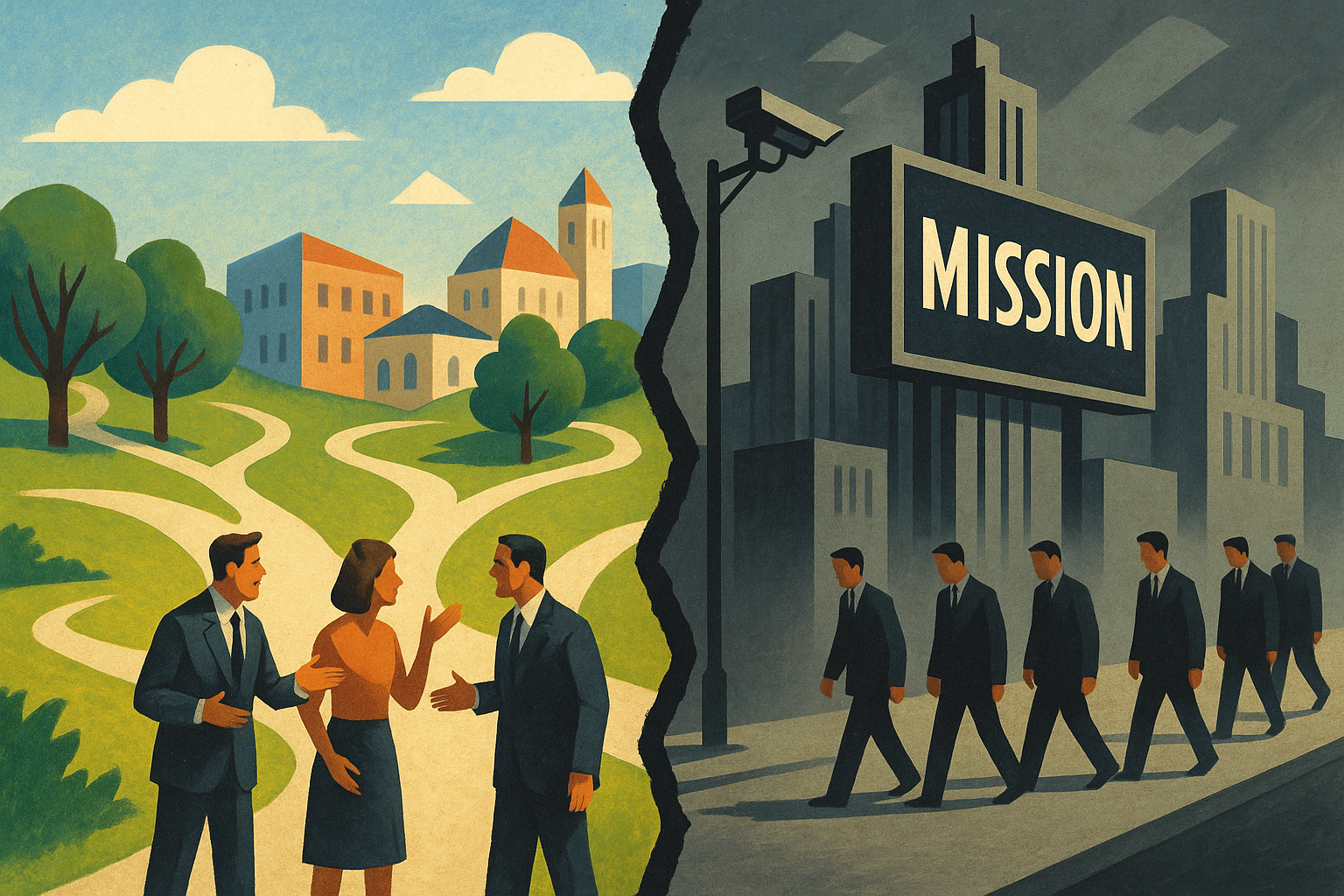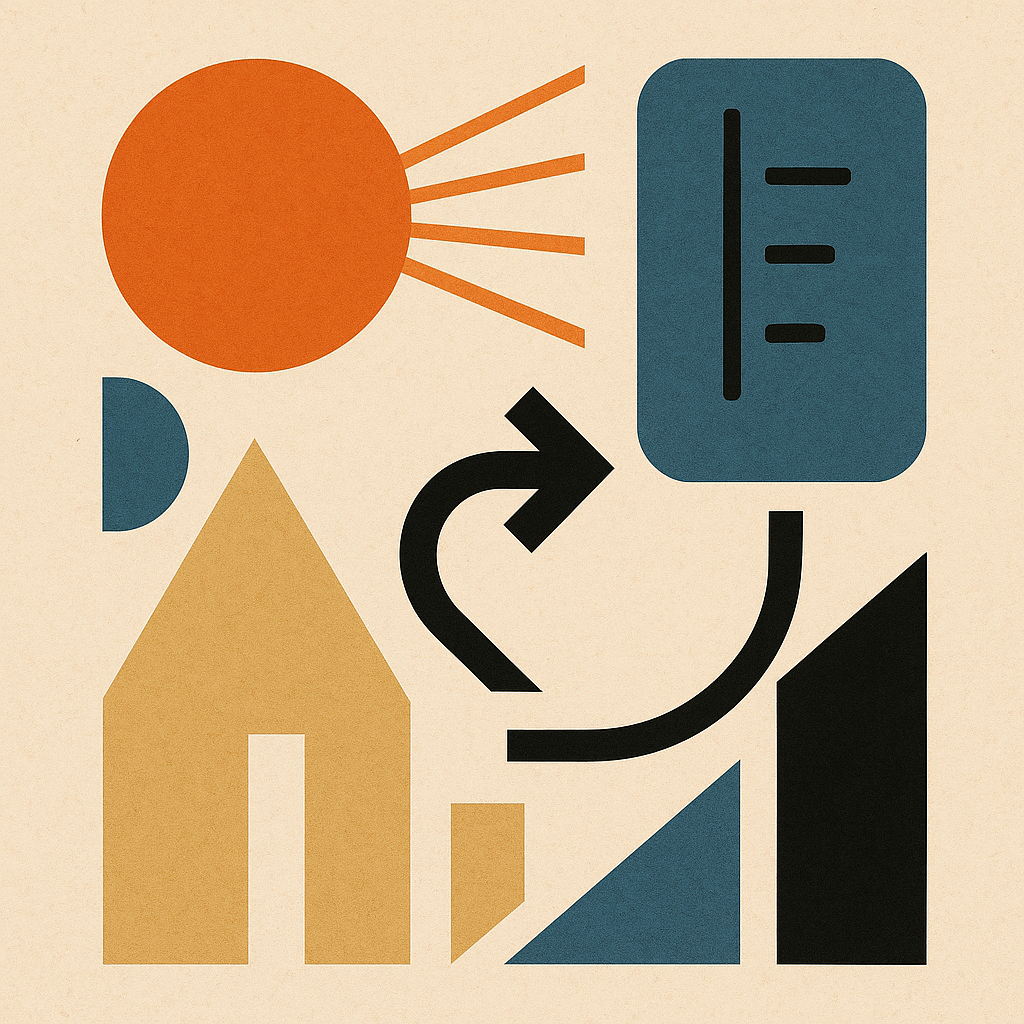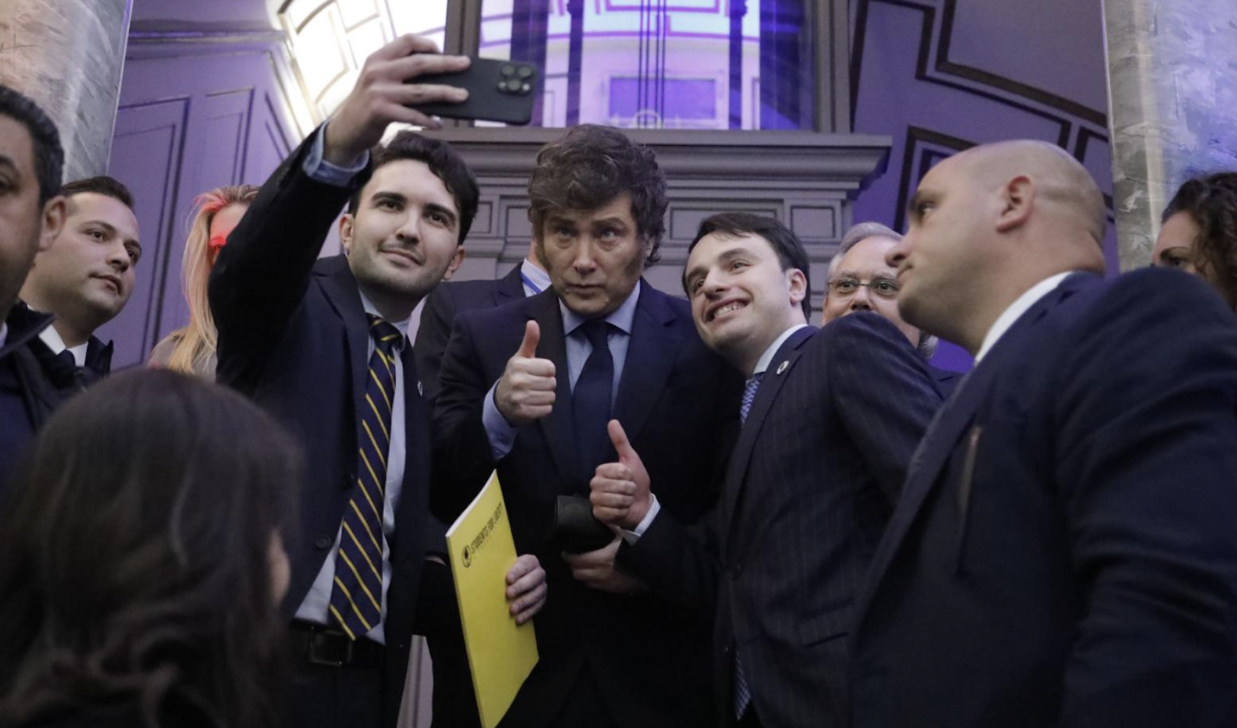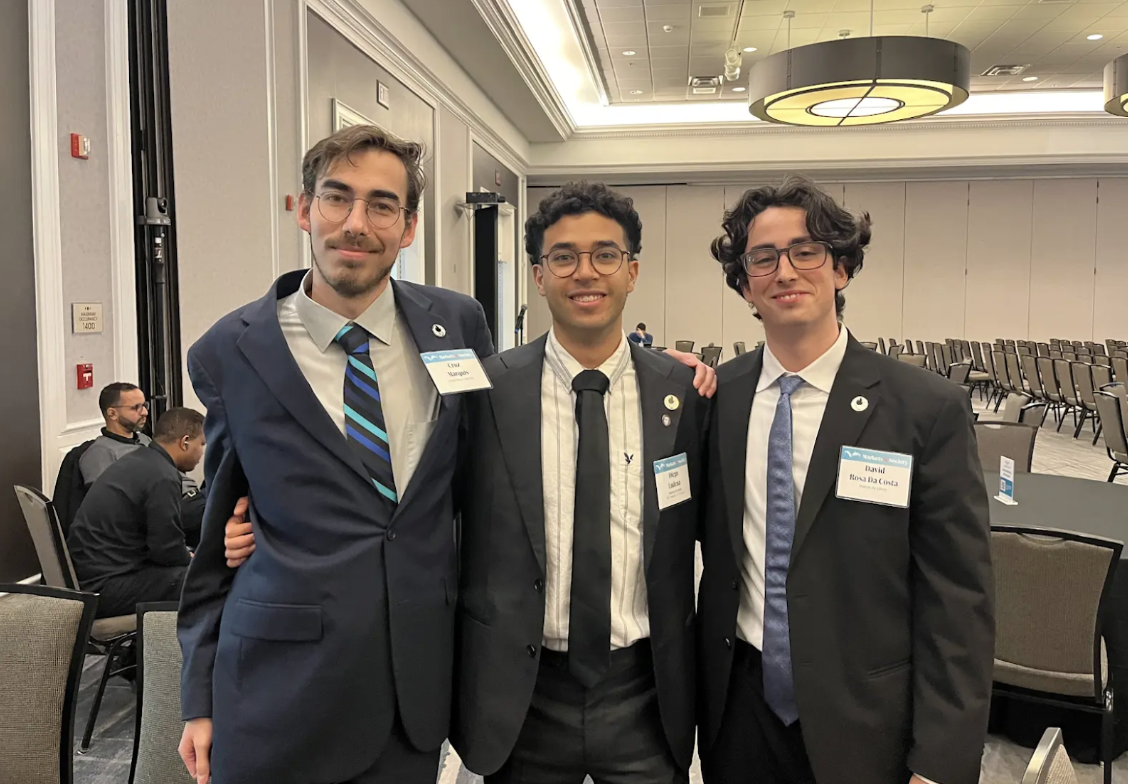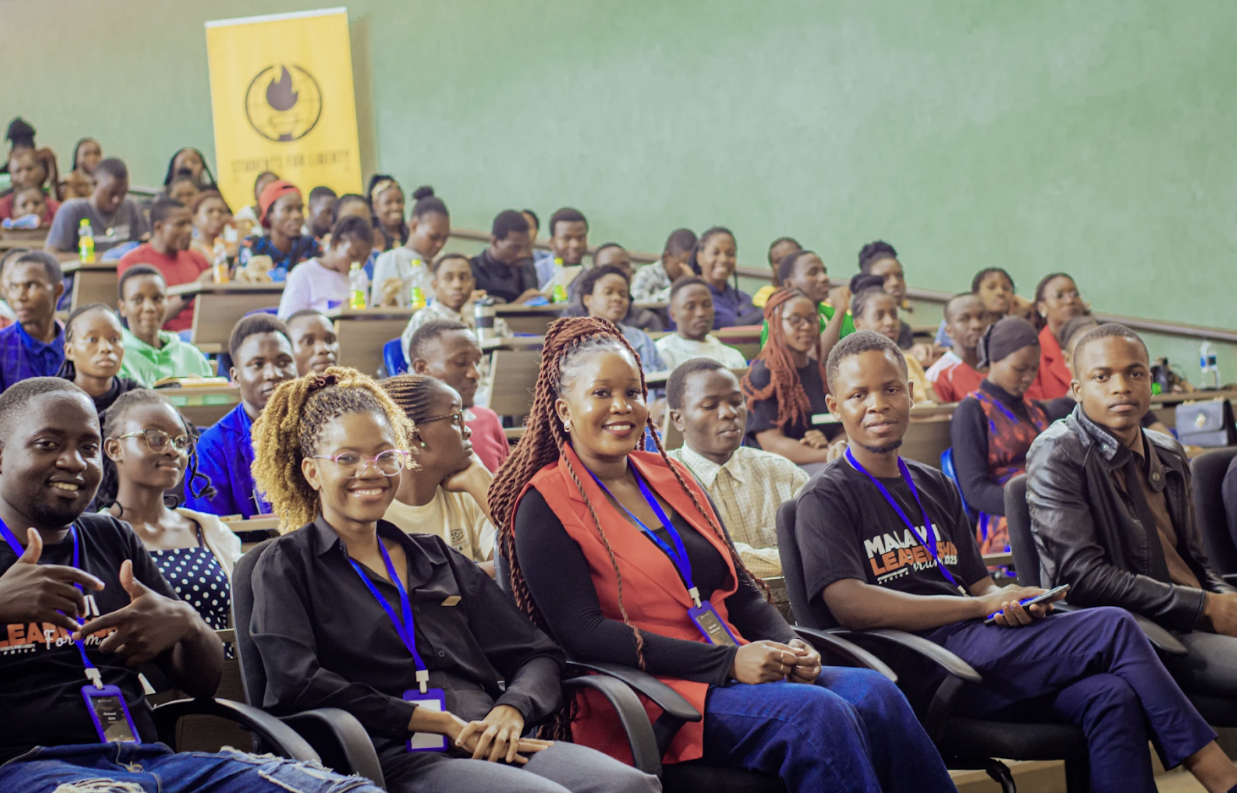Gamla stan, Stockholm, Sweden by lizlidesigns, licensed under Unsplash License
As the novel coronavirus became more than just an isolated epidemic in early 2020, many governments imposed complete lockdowns within their borders, and all of our daily lives came to a standstill. Most of us willingly gave up our everyday freedoms because the only thing in front of us was the existence of an invisible enemy, and it still continues to exist among us. There’s more at stake than our troubles with regards to having to stay home. And this is why we reasoned and assumed that the government and the experts knew best when it came to the aspect of defining individual freedom. If staying at home for a while can save lives, if doing nothing is the best thing to do right now, then we should all play our parts for the greater good.
It was at this juncture that the Swedish government went down on a path of an unexpected pattern of decision. They took the bold decision of incurring the citizens the right to choose and decide for themselves. The goal, as stated by authorities, was not to achieve herd immunity per se, but rather to have achieved the policy resistance of keeping the virus away by keeping the society functioning at all costs. Sweden allowed for voluntary social distancing, with the government running an information campaign and giving guidelines such as transitioning to work-from-home wherever possible. The country did not impose any legal restrictions of the sort that we have been witnessing around the world. However, the only ban imposed was in the visiting care homes, where over 50 persons were restricted. The Swedish model is inherently based on individual responsibility, with the government providing guidelines and keeping citizens informed. The approach taken by Sweden had been initially viewed and considered as that of a maverick one. The countries across the globe concluded this as a horrific experiment. This led to a definite blow to Sweden’s image in the international community, especially amongst its Nordic neighbours. But in the long run, this actually worked out.
The scientific community itself remains divided on whether natural, herd immunity will ultimately work in the long run, especially as second waves of the virus have started to show up in various regions. Lack of accurate data, disagreements amongst policymakers as well as experts, and a significant spread of unverified information has all played their roles in the definitive lack of clarity that prevails today amongst the public and governments alike. The translation to this comes down to the fact that governments do not entirely know if the measures they’ve imposed are best suited for the situation at hand. One of the reasons for this is because people are all merely following what has been done before in cases of such epidemics. Not measures that entirely suit the context at hand are taken under consideration.
Initially, infection and mortality rates in Sweden had skyrocketed. And so, it is with cautious surprise that the international community is now watching the curve flatten in Sweden. Many have come forward to offer their explanations for why a state that did not impose stringent restrictions has been able to bring its infection and mortality rates under control. One of the main conclusions that have been drawn here is that voluntary restrictions work just as well as legal ones, and perhaps even better because it sustains itself over a longer period. An advantage of this model has been that the Swedes had more time to adapt to lockdown-like conditions as they got to transition at their own pace. In many parts of the world, it is observed that people are no longer willing to tolerate restrictions at the level it had been at during the March/April period. Social will to abide by top-down rules is waning, especially as there is no definite end in sight.
It may be important to remember here that governments are also merely a collection of individuals acting to the (presumably) best of their abilities. Entrusting a minority, whatever their expertise maybe, to single-handedly take all decisions regarding such a complex situation may not be the best course of action. Undermining individual freedom and responsibility and strengthening the authority of the state also poses the additional challenge of getting civil liberties back once the pandemic is considered to be over.
The Swedish experiment mainly raises the question of whether complete lockdowns were necessary at all to deal with this pandemic. Especially in places where such restrictions have affected livelihoods severely. It is also a testament to the fact that individuals, provided with adequate information, can make rational decisions that lead to socially desirable outcomes at the macro-level. And yet, perhaps it is still too early to know what worked and what didn’t. For the most part, it seems that the jury is still out on Sweden and that we may only know in retrospect if their strategy can stand the test of time.
This piece solely expresses the opinion of the author and not necessarily the organization as a whole. Students For Liberty is committed to facilitating a broad dialogue for liberty, representing a variety of opinions.
